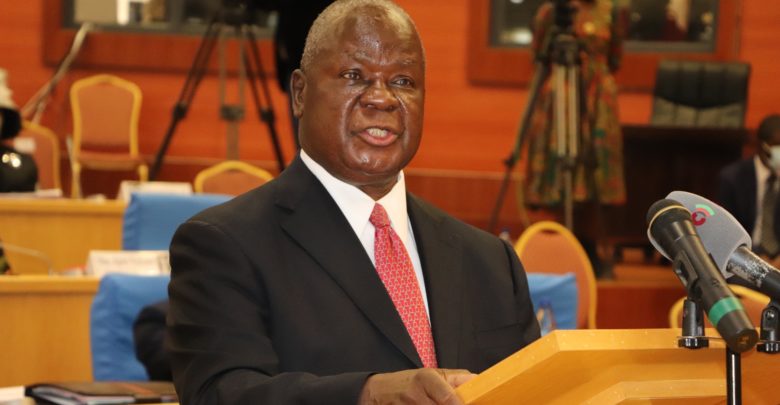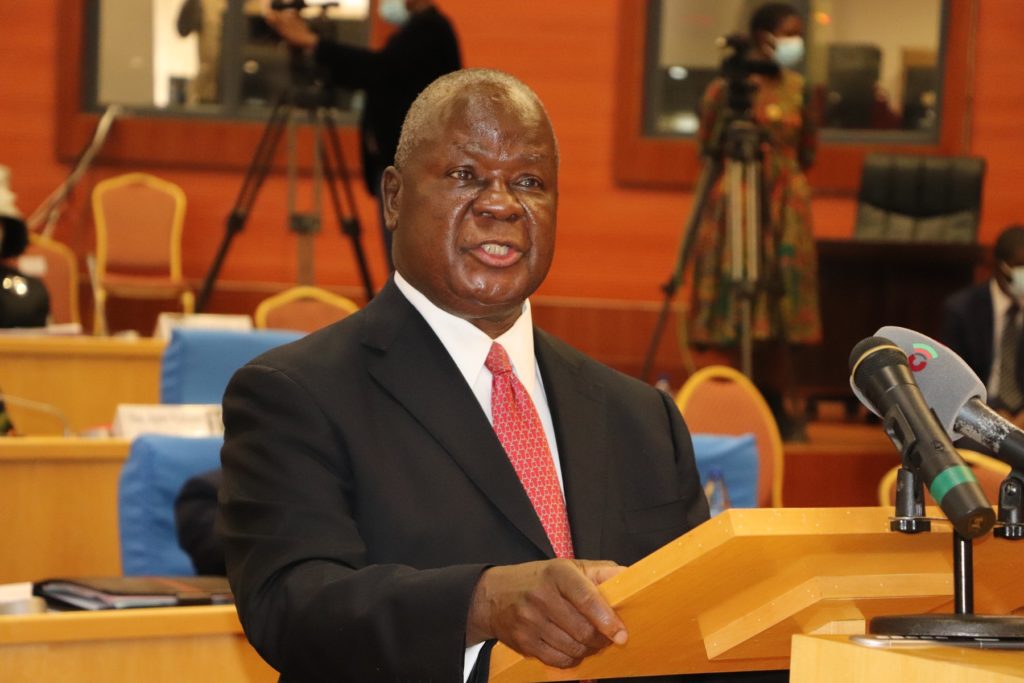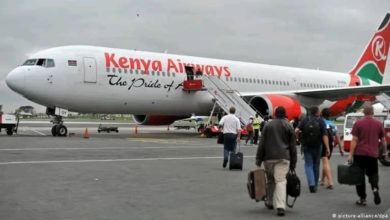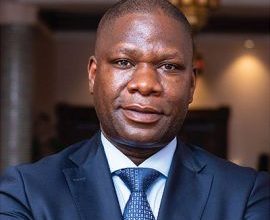Business
African Development Bank downgrades Malawi’s GDP growth

The March 2021 African Development Bank (AfDB) African Economic Outlook has revised downwards the real gross domestic product (GDP) growth rate for Malawi by 0.2 percentage points to 3.3 percent in 2021 and 6.2 percent in 2022.
The report titled From Debt Resolution to Growth: The Road Ahead for Africa forecasts that growth will be driven by a recovery in the tourism and agriculture sectors, exports, foreign direct investments and public investments in infrastructure such as airports, roads and energy.
The AfDB projection comes after Minister of Finance Felix Mlusu, during the presentation of the 2020/21 Mid-Year Budget Review Statement in Parliament on February 26, projected growth rate for 2021 at 3.5 percent owing to the normal to above normal rains received thus far, which will boost agriculture output
However, the AfDB noted that the prospects for a recovery to the pre-pandemic level is not expected until 2022, mainly because of the uncertain effect of Covid-19 infections.
Reads the report in part: “The downside risks to the projected recovery relate to a potential second wave of Covid–19 infections, bad weather and fiscal overruns due to revenue underperformance.

“The fiscal deficit is projected to widen to 10.2 percent in 2021, raising the debt-to-GDP ratio to 66 percent in 2021.”
It said the current account deficit is forecast to narrow to 12.5 percent of GDP in 2021 as exports rebound then tick up to 12.9 percent in 2022. “A rebound in domestic economic activity and a projected increase in oil prices may have pushed inflation from 8.8 percent in 2019 to an estimated nine percent in 2020, but improved food production should help bring it down to 7.8 percent in 2022,” reads the report.
AfDB noted that traditionally, the domestic debt market has mostly covered the government of Malawi’s financing needs. The report, therefore, predicts that the emerging financing gap of $243 million or 2.9 percent of GDP in October 2020, combined with the Covid-19 financing needs of 3.9 percent of GDP will be financed from external sources, domestic debt and official reserves.
The official reserves are also projected to improve to 3.3 months of imports in 2021 from 3.1 months of imports in 2020, according to the AfDB.
The Malawi Government borrowed K630 billion over a six-month period from July to December last year, pushing the total public debt stock to K4.76 trillion with analysts describing the situation as “worrisome”.
Giving his perspective on the growth projections last week, economist Milward Tobias said most key driving sectors of growth will register a decline this year. “It is evident that except the agriculture sector, public administration and defence, most of the growth sectors, including manufacturing, construction, wholesale and retail are likely to register a decline,” he said. Tobias, who is also executive director of Centre for Research and Consultancy, said growth driven by maize output is of low value with weak backward and forward linkages.
Mlusu earlier said the economy continues to suffer from the adverse effects of the Covid 19, which compelled government to impose containment measures, including partial lockdown and restrictions on mobility, thereby dampening growth.






